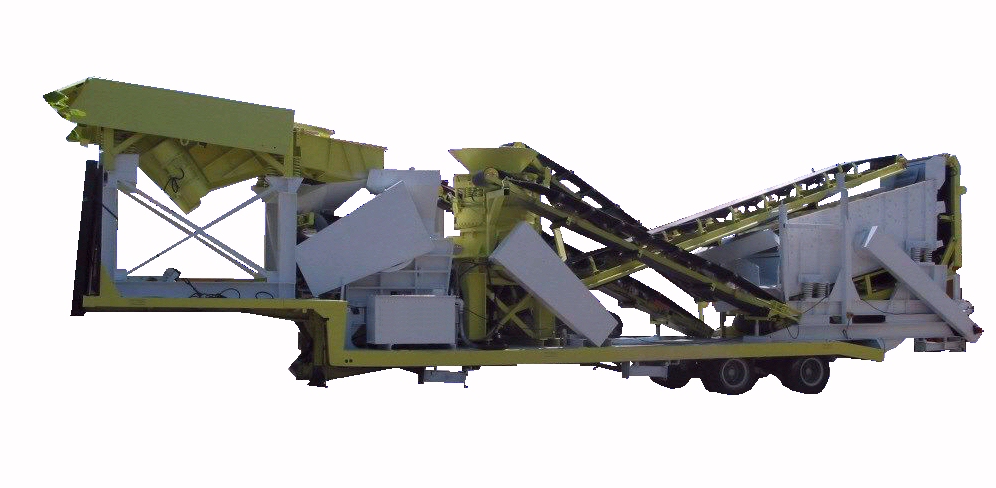CRUSHING PLANT

Crushing Plant AP Technic can supply you with a wide range of crushing equipment. Complete, turnkey plant, in fixed or mobile versions Feed hopper Vibrating pre-screen feeder Jaw crusher Impact cr ...
Read more
Crushing Plant AP Technic can supply you with a wide range of crushing equipment. Complete, turnkey plant, in fixed or mobile versions Feed hopper Vibrating pre-screen feeder Jaw crusher Impact cr ...
Read more
A crushing plant is designed to reduce the size of rocks or recycled materials and obtain different particle sizes suitable for various uses (concrete, roads, etc.). The process generally includes several stages: primary, secondary, and tertiary crushing, followed by successive screenings to separate the materials according to their size.
Different types of crushers are used depending on the desired particle size:
The choice of crusher and its settings depends on the input size of the material and the desired final particle size. For example, an impact crusher produces a greater reduction in grain size, thus producing finer materials than jaw or gyratory crushers for the same input diameter.
After each crushing stage, screening separates the materials into different particle size classes, typically:
Screening can be repeated at several stages to refine the classification and meet the specifications of different markets.
Process Summary
Crusher Type Typical Setting / Modalities Output Size (Examples)
Jaw Jaw Spacing 0/5 mm, 0/10 mm, 0/15 mm
Impact Plates (6, 20, 40 mm) Finer: 0/6 mm, 0/20 mm, 0/40 mm
Gyratory Single Setting 0/10 mm (centered on 5.5 mm)
A crushing plant therefore makes it possible to produce different granulometries by combining: the choice of crusher type, its settings, and successive screening stages, in order to precisely meet the needs of construction sites and industries.
A.P. Technic 27 rue du moulin de groleau 49490 Noyant-Villages - FRANCE Tél. +33 (0) 241 890 373 Contact us